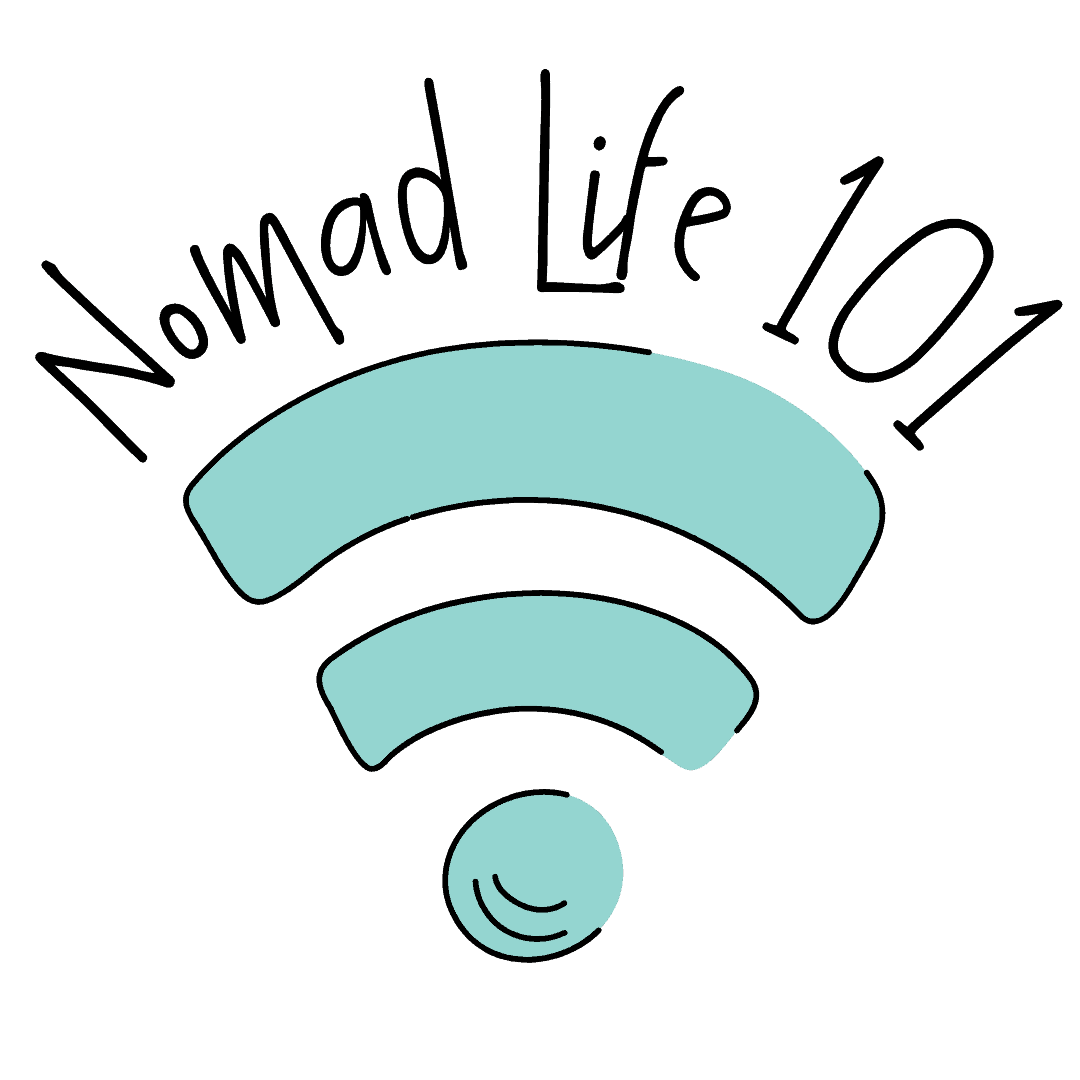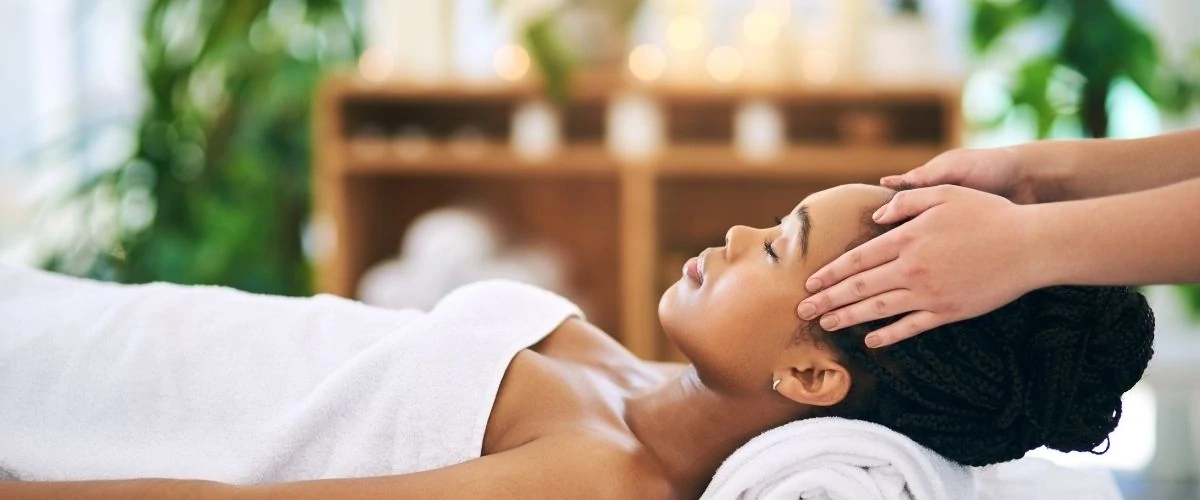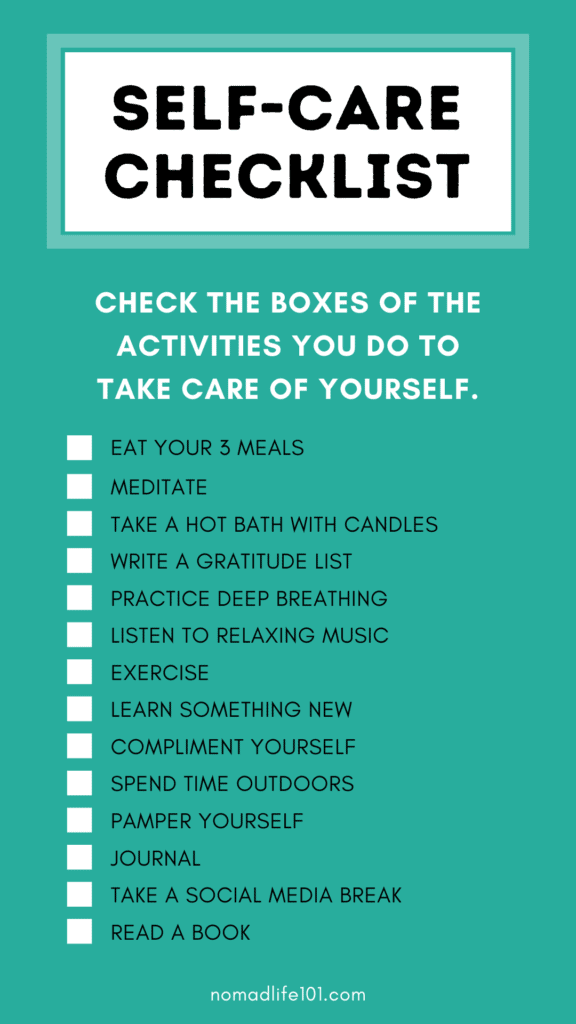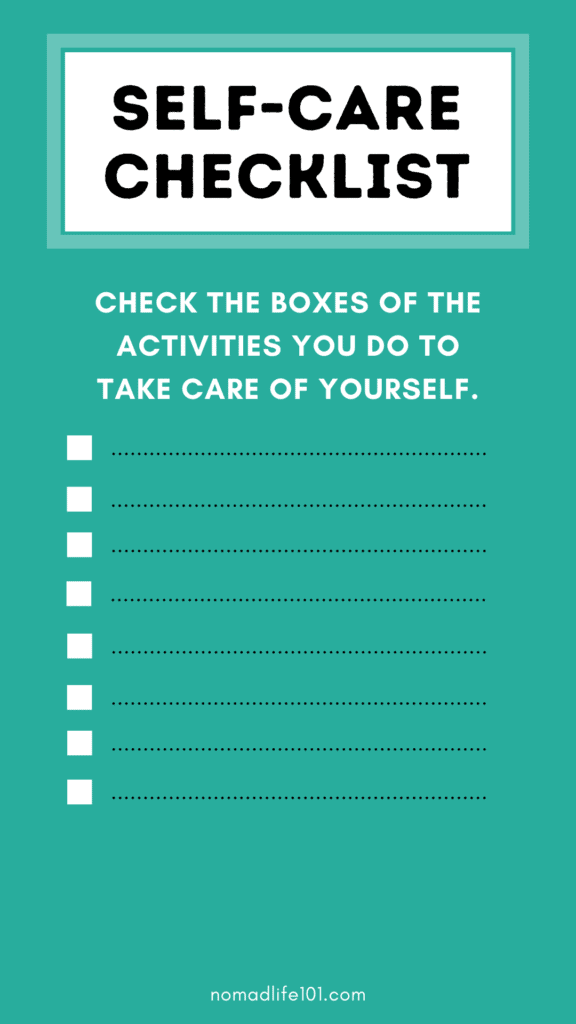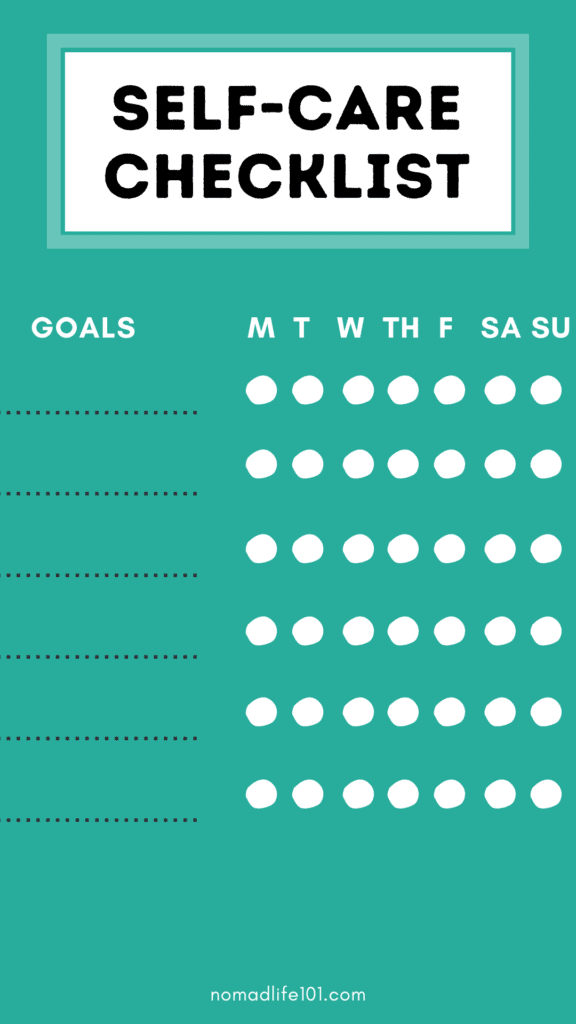Implementing a self-care routine isn’t always as easy as it sounds. Many people can take care of other people and work long hours without taking time for themselves. Developing a self-care checklist is a smart way to start taking care of yourself.
In this post, we’ll talk about what self-care is, why you should implement a self-care routine in your daily/weekly life, and what are the benefits. We’ll also add some tips to help you implement a routine that suits your needs.
At the end of the post, you’ll find a printable self-care routine checklist if you need some form of accountability.
What is self-care?
Self-care is all about taking the time to take care of yourself. While self-care can be different for everyone, you must find the way that suits you.
Taking care of yourself is about protecting your own well-being, mentally and physically. Some people need more time to themselves than others, and that’s totally okay. If you are dealing with stress and anxiety, you may need to implement more self-care elements in your daily life.
I like to think that self-care is about having a relationship with yourself, supporting yourself, and giving you the comfort you need.
Why should you implement a self-care routine?
Life can be stressful and eventful. Self-care is all about taking time for yourself in busy and quiet times. You don’t need to feel super stressed to take care of yourself. You can implement elements of relaxation and self-care when you feel okay too.
Developing a self-care routine is a healthy way to take care of your body and mind. Humans have the tendency to stay busy at work, in their personal life and when they aren’t busy, we tend to spend hours on social media.
It seems like many people can’t be alone with themselves, which is why they scroll through social media for hours. Reducing social media consumption or even taking a social media detox can be a great way to focus on yourself.
Implementing a self-care routine is also about improving your work-life balance. Many entrepreneurs, digital nomads, or workaholics struggle to find the right balance.
Benefits of self-care
There are several benefits that come with a self-care routine.
Not only will you improve your physical and mental health, but you will increase your awareness too.
Rapidly, you’ll be able to notice any changes in your physical/mental state and you’ll be able to take care of yourself better when you need it.
You’ll be able to be more productive, creative, and mentally fit. After all, self-care is about refilling your energy levels.
How to develop a self-care routine?
To implement a self-care routine, you must be aware of what makes you feel better.
Obviously, there are self-care basics such as sleeping enough, having a healthy diet and take care of yourself by taking a shower, brushing your teeth, etc.
Here, we will focus on a self-care routine that goes beyond the basics. That said, before adding more elements to your routine, your self-basics should be fulfilled.
Here are some questions you could ask yourself to help you develop a self-care routine:
- What activities/things make you feel happier or more relaxed?
- How much time can you dedicate to yourself daily/weekly?
- Can you allow a budget for self-care?
- Are you willing to try something new?
Once you’ve answered these questions, you may have clear ideas of what needs to be added to your routine. If you still don’t really know what you could do, keep reading to find some examples of self-care activities.
Depending on your schedule and free time, you could either divide your self-care routine over a week or every day.
Examples of self-care activities
Here are some ideas and examples of self-care activities you could add to your routine.
- Journaling (use this list of self-discovery journaling prompts)
- Reading
- Cooking a meal you love
- Stretching
- Yoga
- Workout
- Breathing exercises
- Writing exercises
- Meditation
- Learning something new
- Listening to a podcast
- Massage
- Spa session
- Taking a bath
- Going on a walk/hike
- Manicure/pedicure
- Puzzle
Need more ideas? Take a look at these ways to practice self-care during isolation.
Daily self-care routine checklist
Once you picked activities that suits your needs and interest, you can start building your daily self-care routine.
This routine should include enough time to sleep, eat, work, and other commitments you may have. When taking a look at your daily routine, you can surely identify time slots to add self-care elements.
How to find more time in your daily routine for self-care?
If you feel like you don’t have enough time, you should consider cutting time on social media or on your phone.
You only need to take a look at your daily screen time in your mobile settings to realize you probably have a few hours free after all.
That said, if you’re busy, you may not have a lot of free time, so you could block a time slot in your schedule for a whole day of self-care or an afternoon.
Another way to increase self-care activities is by doing a little every day and installing a weekly routine instead. Keep reading to learn more.
Weekly self-care checklist
If your time is limited, you could improve your routine on a weekly basis instead. You could be working on weekly goals such as reading a book chapter (or a whole book), working out 3 times a week, etc.
Implementing goals for your self-care routine is great if you wish to have different things every day.
Printable self-care checklists
To help you set up your self-care routine, we created self-care checklists.
You can download and/or modify your self-care checklists by clicking here. You can download the PDF version so you can print them at home too.
Final Thoughts On Self-Care Checklist
Taking time for yourself can be easy for some and challenging for others. Having a good work balance is essential for yourself and we hope our ideas and examples will help you implement a better self-care routine.
After all, we all deserve time for ourselves, don’t we?
Want more inspiration? Read one of the following blog posts:
